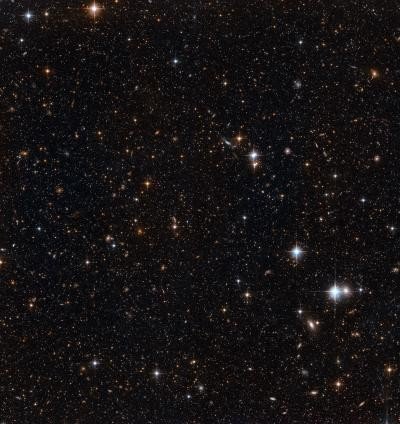GREENBELT, Md., July 21 (UPI) -- The Hubble telescope has made historic images of a nearby galaxy, the first to show individual stars within a galactic disk, U.S. and European astronomers say.
Observations of most galaxies do not show the individual stars as even the most powerful telescopes cannot normally resolve the cloudy white shapes into their hundreds of millions of constituent stars, a release from the ESA/Hubble Information Center said.















